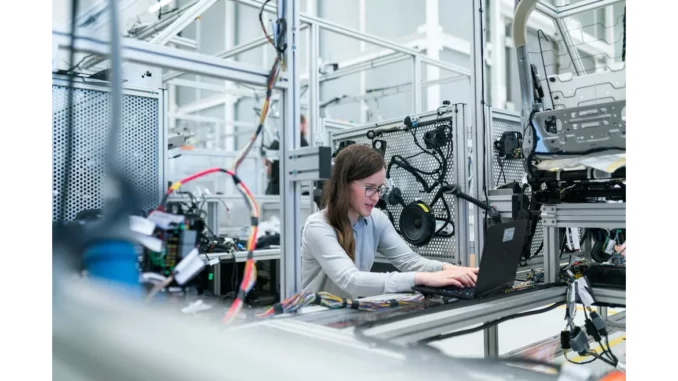
Summary
DNA Storage: A Revolutionary Shift in Data Preservation
In an era marked by exponential data growth, traditional storage solutions are struggling to keep pace with capacity, energy efficiency, and longevity demands. DNA storage emerges as a transformative technology with the potential to redefine data archiving, spearheaded by innovative companies like Twist Bioscience. This article examines the strengths, weaknesses, opportunities, and threats (SWOT) associated with DNA storage, offering insights into its future impact on data management and related industries.
Main Article
The Rise of DNA Storage
As digital data proliferates, the limitations of conventional storage methods—such as hard drives and cloud systems—become increasingly apparent. DNA storage, leveraging the molecular structure of DNA to encode digital information, offers a compelling alternative. Industry leaders, including Twist Bioscience, are pioneering advancements in this field. According to industry observer Michael Carter, “DNA storage is set to revolutionise how we think about data preservation, offering unparalleled density and durability.”
Unmatched Data Density and Stability
A gram of DNA can theoretically encapsulate up to 215 petabytes of data, far surpassing traditional storage mediums. This extraordinary density renders DNA storage particularly attractive for archiving voluminous datasets generated by scientific research and big data analytics. Furthermore, DNA’s stability over millennia, compared to the relatively short lifespan of hard drives, makes it an ideal candidate for long-term data preservation. Twist Bioscience’s advanced silicon-based synthesis technology enhances these benefits by enabling efficient and cost-effective DNA production.
Challenges and Barriers
Despite its promise, DNA storage is not without challenges. The financial cost of DNA synthesis and sequencing remains a significant hurdle, deterring widespread adoption. Although efforts to reduce these costs are underway, DNA storage is still pricier than existing methods, limiting its accessibility for smaller enterprises. Additionally, the slower data read-write speeds, compared to electronic storage, pose a challenge for applications requiring immediate data access.
“Transitioning from conventional to DNA storage is a complex process, both technically and economically,” notes industry analyst Sarah Thompson. “While the technology holds immense potential, its current limitations must be addressed for it to become mainstream.”
Opportunities for Expansion
As DNA storage technology evolves, costs are expected to decrease, broadening its appeal across various sectors. The growing demand for long-term archival solutions, driven by the need to preserve historical records, scientific data, and digital media, positions DNA storage as a premier option. The burgeoning fields of personalised medicine and genomics also present significant opportunities. Storing and analysing vast genetic datasets will be crucial for advancing healthcare and developing targeted therapies.
Detailed Analysis
Navigating the Competitive Landscape
The advancement of DNA storage is occurring alongside rapid developments in other storage technologies, such as quantum computing and nanomaterials. These competing innovations could potentially offer alternative solutions, challenging DNA storage’s market position. Furthermore, the regulatory environment surrounding genetic materials introduces additional complexities. DNA storage involves the synthesis and manipulation of genetic material, which may attract scrutiny and necessitate compliance with stringent regulations.
“While DNA storage is poised to disrupt the data storage industry, it must navigate a complex web of competitive and regulatory challenges,” comments tech industry commentator Alex Reynolds.
Broader Implications for Industry and Society
The implications of adopting DNA storage extend beyond technological advancements. By addressing the constraints of current storage solutions, DNA storage could significantly enhance data management and preservation capabilities, influencing sectors ranging from healthcare to entertainment. Its ability to store data securely and durably positions it as a vital component of future digital infrastructure.
Further Development
Emerging Innovations and Industry Impact
The trajectory of DNA storage development is poised for further exploration and growth. Companies like Twist Bioscience are at the forefront, continuously refining their technologies to improve efficiency and reduce costs. As these innovations unfold, stakeholders across industries are keenly observing the potential integration of DNA storage into mainstream data management systems.
This story is still evolving, with new breakthroughs and challenges likely to emerge. Stay tuned for ongoing coverage and analysis as we delve deeper into the future of data storage and its transformative impact on global industries.

